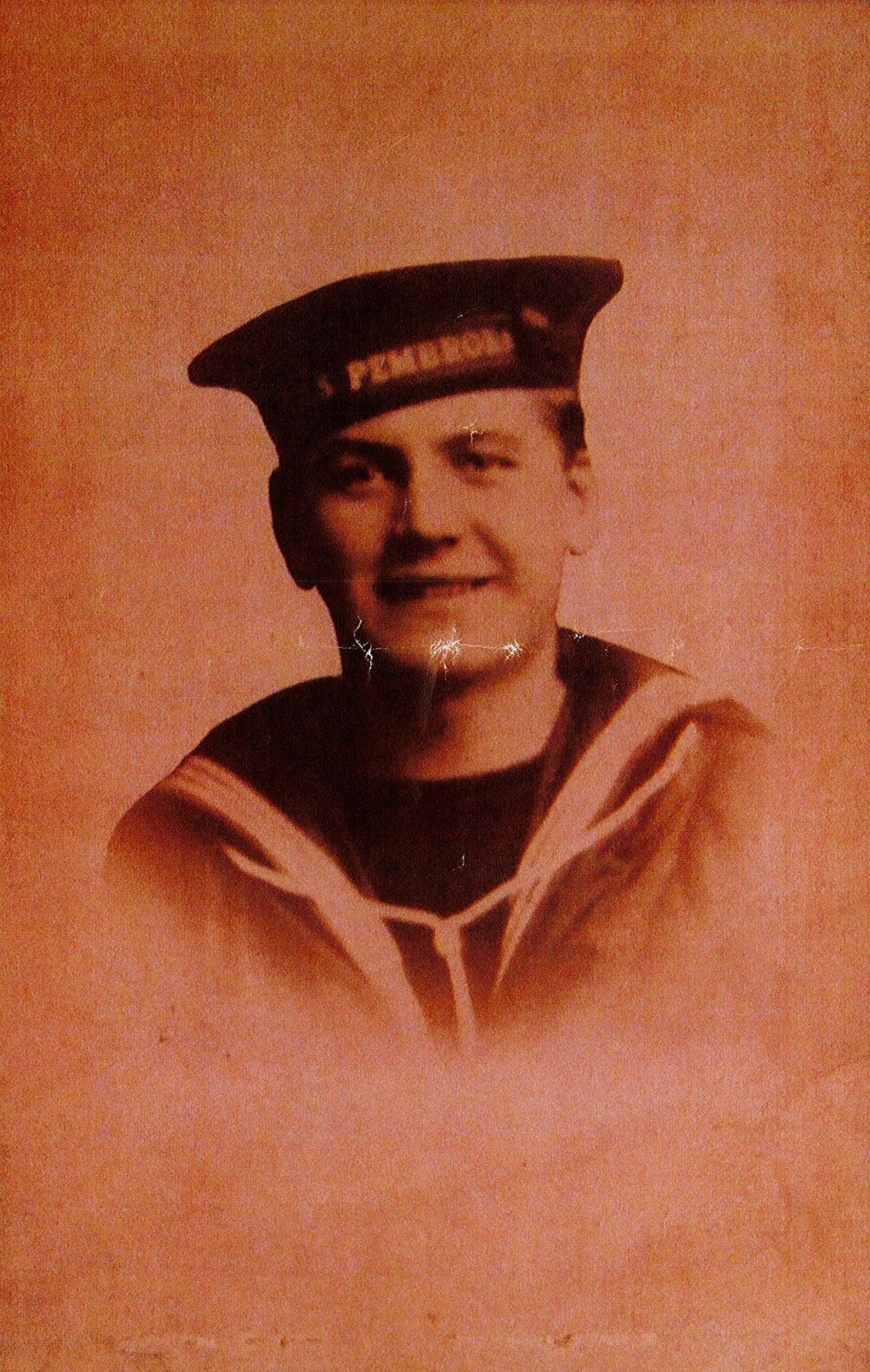Ldg Smn
Thomas William Dixon
Information about birth
|
Date of birth: 25/02/1895 |
|
Place of birth: Newcastle upon Tyne, Northumberland, England, United Kingdom |
General information
|
Profession: Machinist / Machine Operator / Machine Minder |
Army information
|
Country: England, United Kingdom |
|
Force: British Expeditionary Force |
|
Rank: Leading Seaman |
|
Service number: Tyneside Z/96 |
|
Enlistment date: 11/09/1914 |
|
Enlistment place: Newcastle upon Tyne, Northumberland, England, United Kingdom |
|
Units: — Nelson Bn. (Last known unit) |
Information about death
|
Date of death: 30/10/1917 |
|
Place of death: St. Julien Dressing Station, Sint-Juliaan, Belgium |
|
Cause of death: Died of wounds (D.O.W.) |
|
Age: 22 |
Cemetery
|
St. Julien Dressing Station Cemetery Plot: III Row: B Grave: 26 |
Distinctions and medals 3
|
1914-15 Star Medal |
|
British War Medal Medal |
|
Victory Medal Medal |
Points of interest 3
| #1 | Place of birth | ||
| #2 | Enlistment place | ||
| #3 | Place of death (approximate) |
My story
Leading Seaman Thomas William Dixon – a machine man from Newcastle upon Tyne, Northumberland – died of wounds on 30 October 1917 during the Battle of Passchendaele. Thomas enlisted in the Royal Navy in September 1914, roughly a month after the outbreak of the war. He served in the Nelson Battalion, an infantry Battalion of the 2nd Royal Naval Brigade, part of the 63rd Royal Navy Division.
On 26 October 1917 the Nelson Battalion moved into the frontline between Poelcapelle and Passchendaele. “D” Company took up position 300 yards east of Varlet Farm. Behind them were “A” Company and “C” company. “B” Company was in support.
In the night of October 28-29, “D” Company attacked and captured a German pillbox 75 yards in front of their line. The War Diary states that twelve other ranks were killed, thirty-three other ranks were wounded and five men went missing during the attack. Two more men died of their wounds afterwards.
Thomas was most likely wounded during “D” Company’s attack on the German pillbox. The 22-year-old was evacuated to the St Julien Dressing Station, where he succumbed to his wounds on 30 October 1917. Thomas was buried in the adjacent cemetery. Buried next to Thomas is Able Seaman Andrew McFarlane, 21, who also died on 30 October 1917. Presumably he is the second person to have died of wounds in the pillbox attack.
On 26 October 1917 the Nelson Battalion moved into the frontline between Poelcapelle and Passchendaele. “D” Company took up position 300 yards east of Varlet Farm. Behind them were “A” Company and “C” company. “B” Company was in support.
In the night of October 28-29, “D” Company attacked and captured a German pillbox 75 yards in front of their line. The War Diary states that twelve other ranks were killed, thirty-three other ranks were wounded and five men went missing during the attack. Two more men died of their wounds afterwards.
Thomas was most likely wounded during “D” Company’s attack on the German pillbox. The 22-year-old was evacuated to the St Julien Dressing Station, where he succumbed to his wounds on 30 October 1917. Thomas was buried in the adjacent cemetery. Buried next to Thomas is Able Seaman Andrew McFarlane, 21, who also died on 30 October 1917. Presumably he is the second person to have died of wounds in the pillbox attack.
Sources 6
|
Ancestry https://www.ancestry.co.uk/ Sources used |
|
CWGC https://www.cwgc.org/find-war-dead/casualty/447061/dixon,-thomas-william/ Sources used |
|
Long Long Trail https://www.longlongtrail.co.uk/?domain=www.1914-1918.net Sources used |
|
McCarthy C., "The Third Ypres Passchendaele. The Day-by-Day Account", London, Unicorn Publishing Group, 2018, pg. 154-155. Sources used |
|
Swales R., "Nelson at War 1914-1918: the history of the Nelson Battalion", Barnsley, Pen & Sword Books Ltd, 2004, pg. 174-176. Sources used |
|
War Diary http://www.nmarchive.com/ Sources used |
